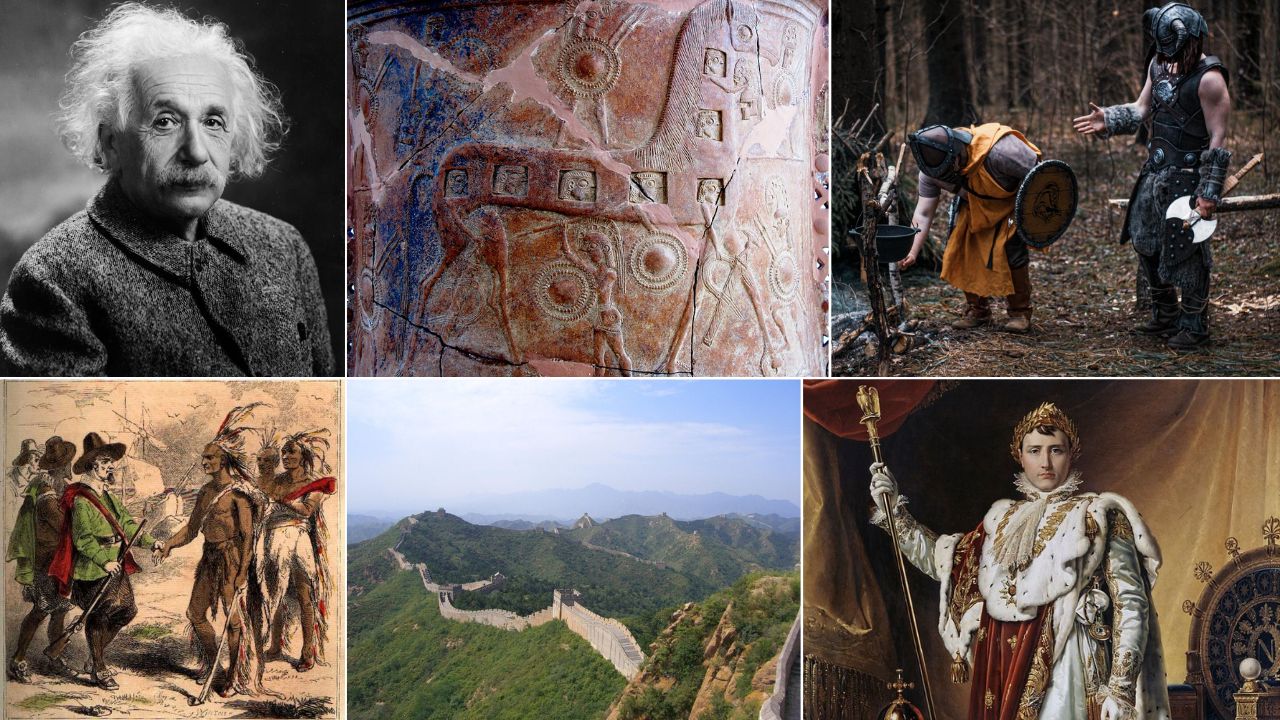Throughout history, many myths and misconceptions have been passed down through textbooks, classrooms, and casual conversations. These ideas were once taught as facts, but modern research and historical scholarship have revealed that many of them are inaccurate or overly simplified. In this article, we will explore 12 unbelievable historical misconceptions that we all learned in school, debunking them with the truth backed by historical data and recent findings.
1. Christopher Columbus Discovered America
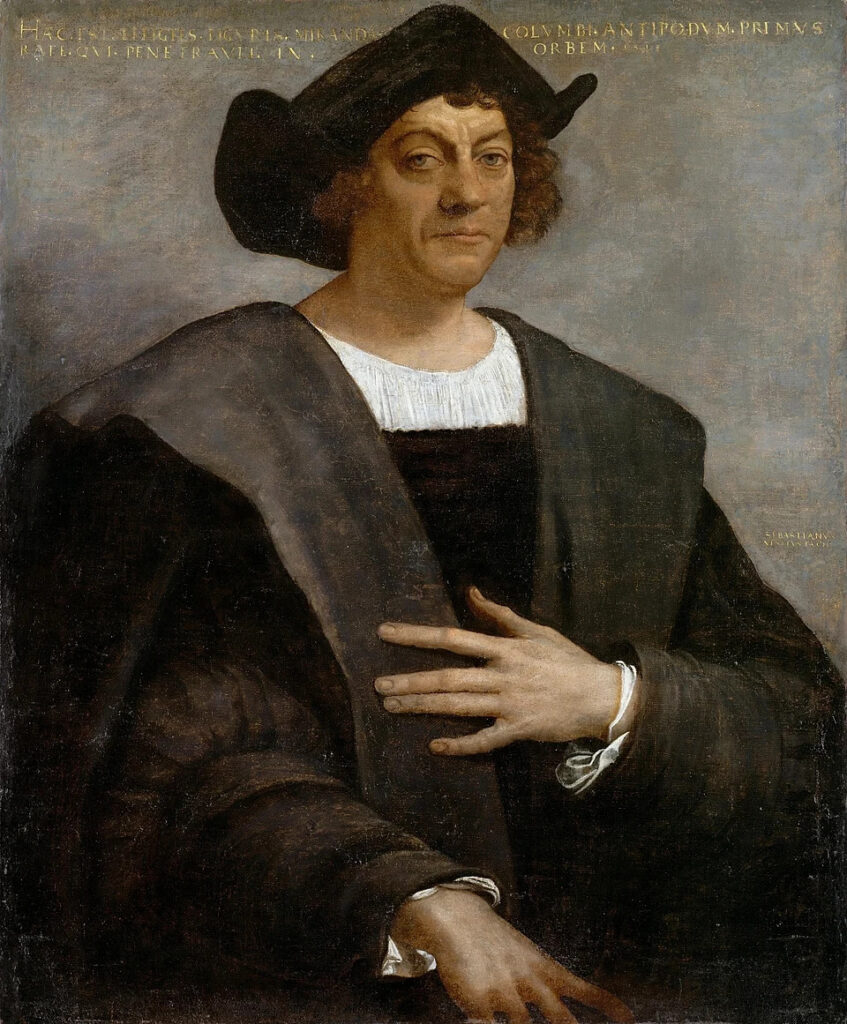
One of the most pervasive misconceptions is that Christopher Columbus “discovered” America in 1492. In reality, Columbus’s voyages were significant for opening the Americas to European exploration, but he was not the first person to set foot in the New World. Indigenous peoples had been living on the continent for thousands of years, and Norse explorer Leif Erikson is believed to have reached North America around the year 1000, long before Columbus’s famous journey.
2. The Earth Was Believed to Be Flat in the Middle Ages
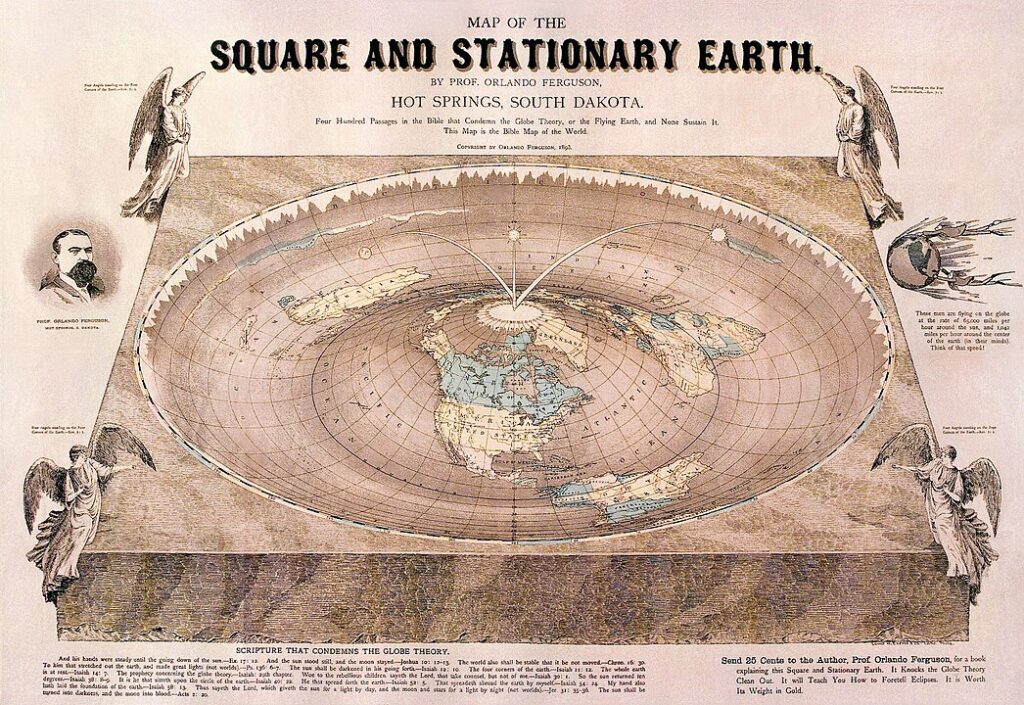
Contrary to what many textbooks suggest, people in the Middle Ages did not believe the Earth was flat. In fact, the concept of a spherical Earth dates back to Ancient Greece, with philosophers like Pythagoras and Aristotle presenting evidence of the Earth’s round shape as early as the 6th century BCE. By the time of Columbus, educated Europeans widely accepted the Earth was round, and the myth of the “flat Earth” was popularized much later in the 19th century.
3. Napoleon Was Extremely Short

Napoleon Bonaparte, the famous French military leader, is often depicted as being very short. However, this is a historical misconception. Napoleon’s height was reported as 5’2″ in French measurements, which were different from English measurements. In modern terms, he was actually about 5’7″, which was average for men of his time. The myth likely originated from confusion with his French measurements and was perpetuated by his enemies.
4. The Great Wall of China Is Visible from Space

The idea that the Great Wall of China is visible from space with the naked eye is a misconception. While the Great Wall is incredibly long, it is also relatively narrow and blends in with the surrounding terrain. Astronauts have stated that it is not visible without aid from telescopes or cameras, and it would be very difficult to spot with the naked eye, especially from low Earth orbit, where there is a great deal of atmospheric interference.
5. Vikings Wore Horned Helmets

The image of Vikings wearing horned helmets has been popularized in books, movies, and cartoons, but there is no historical evidence to support this. Viking helmets were typically made of iron or steel and were plain, without the elaborate horns we associate with them today. The horned helmet image likely originated from 19th-century romanticized depictions of Viking culture, particularly in operas like Richard Wagner’s Der Ring des Nibelungen.
6. The First Thanksgiving Was a Peaceful Meal
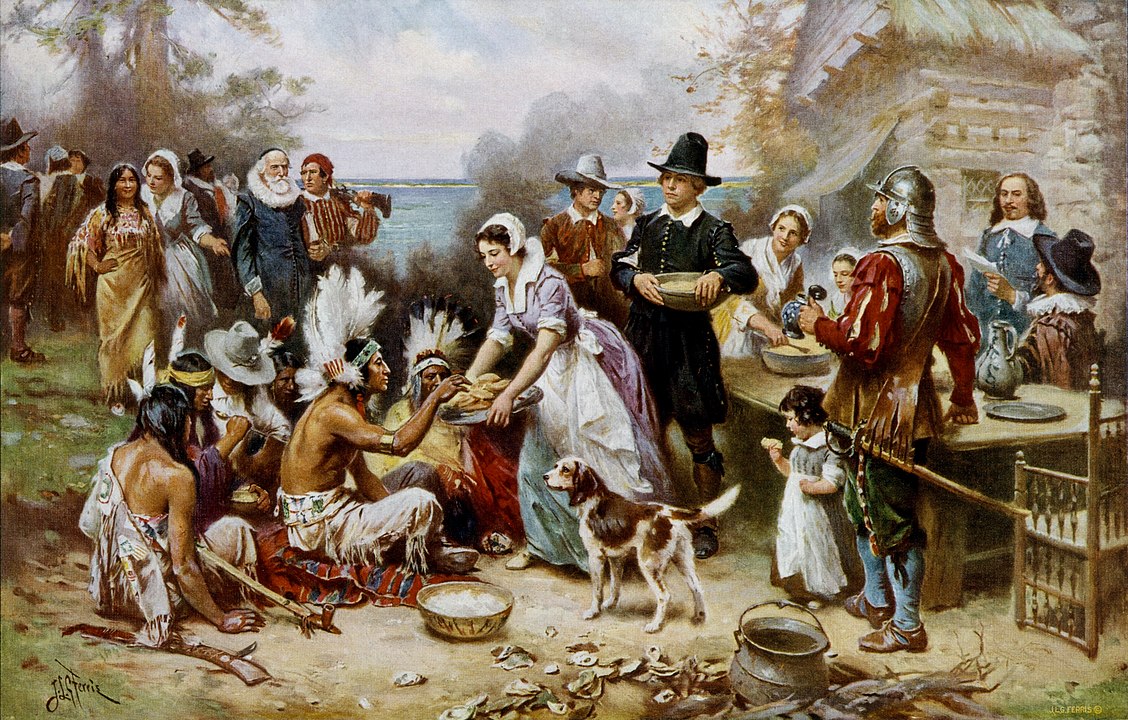
While the story of the First Thanksgiving is often depicted as a peaceful and harmonious feast between the Pilgrims and Native Americans, the reality is more complex. The meal in 1621 was likely a small gathering that included some Native Americans and settlers, but it was not the beginning of a peaceful relationship. Tensions between the Pilgrims and local tribes would escalate over the following years, leading to conflicts and a history of colonization that was far from peaceful.
7. George Washington Had Wooden Teeth

It is often said that George Washington had wooden teeth, but this is not true. While Washington did struggle with dental issues and had several sets of dentures, they were not made of wood. Instead, his dentures were crafted from materials such as ivory, human teeth, and metal. The wooden teeth myth likely arose from the appearance of Washington’s dentures, which were crafted with wooden components, but they were not made entirely of wood.
8. The Salem Witch Trials Were Caused by Mass Hysteria
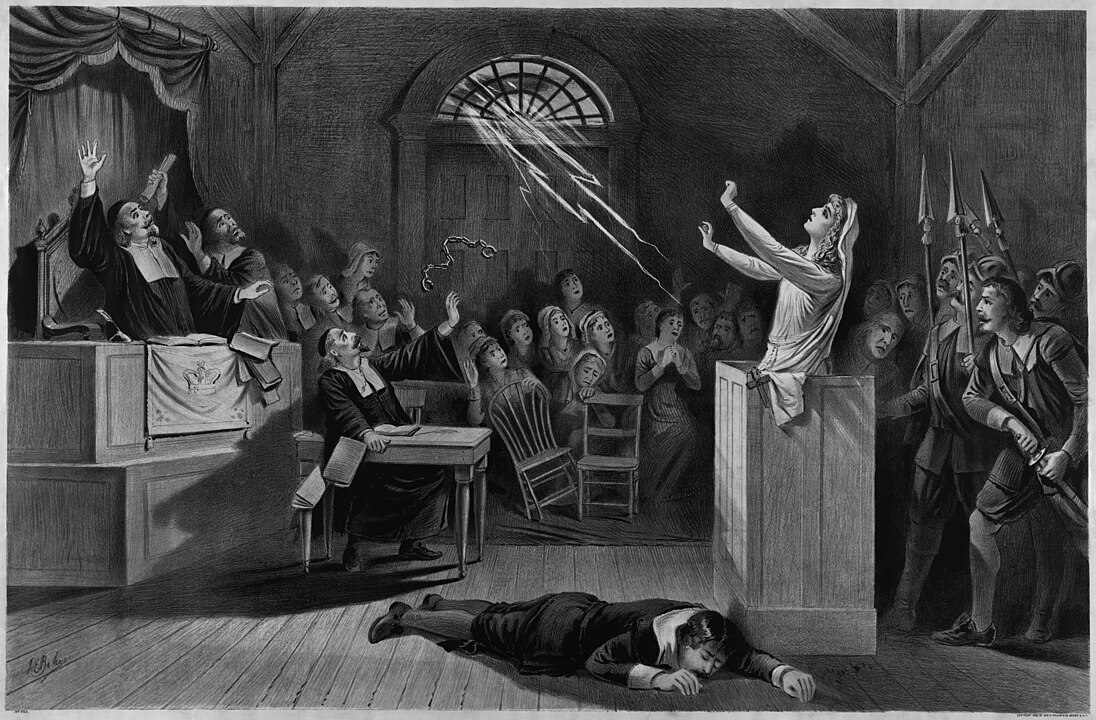
The Salem Witch Trials of 1692 are often explained as a case of mass hysteria, but this view oversimplifies the complex social, political, and religious factors involved. While hysteria played a role, the trials were deeply influenced by economic struggles, personal rivalries, and pre-existing tensions within the Puritan community. The accusations of witchcraft were also heavily tied to the strict religious beliefs of the time and the power dynamics of the village, not just mass fear.
9. The American Revolution Was Fought Over Taxation Without Representation
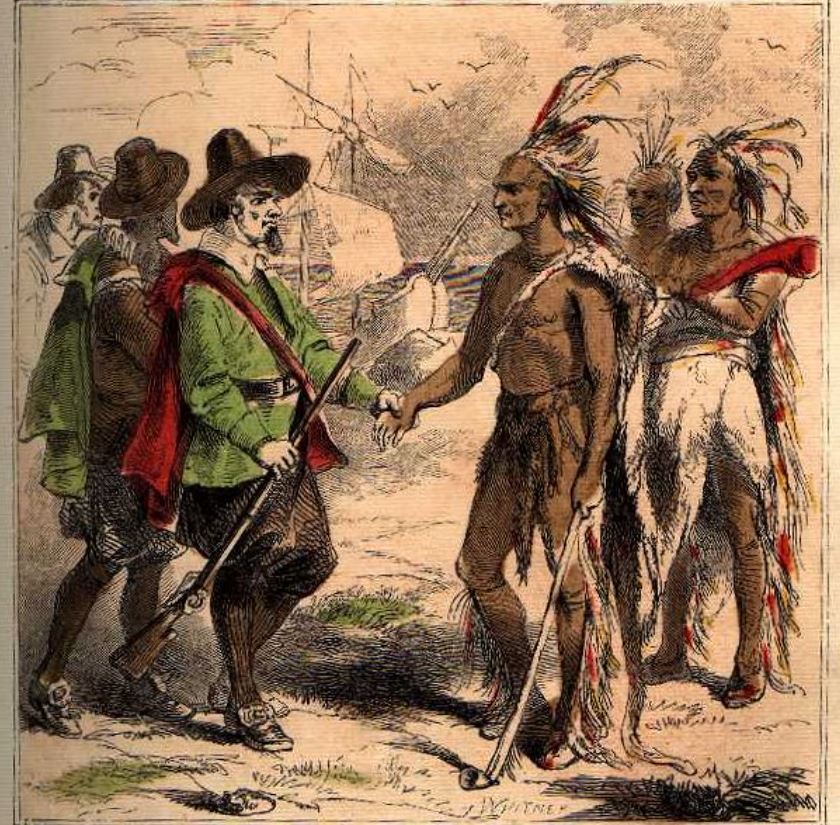
While taxation was a central issue, the American Revolution was not solely about taxes. The slogan “No taxation without representation” was a rallying cry, but the causes of the revolution were multifaceted. These included British interference in colonial affairs, restrictions on trade, and the desire for self-governance. The growing sense of American identity and the colonies’ desire for autonomy were major driving factors behind the revolution, not just taxes.
10. Cleopatra Was Egyptian
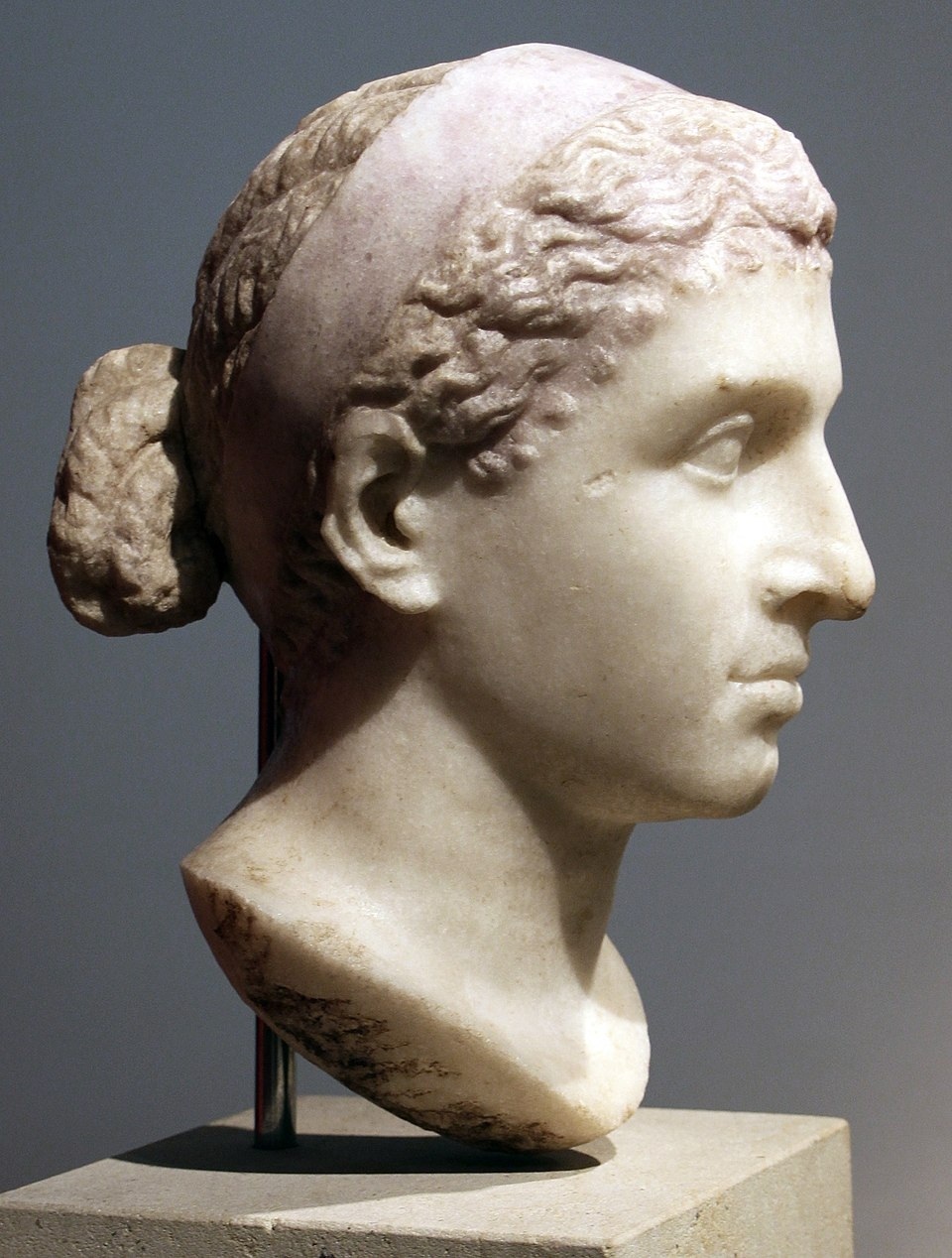
Cleopatra, the famous Queen of Egypt, is often portrayed as the epitome of Egyptian royalty, but in reality, she was of Greek descent. She belonged to the Ptolemaic dynasty, which was established by Ptolemy I Soter, a Macedonian general under Alexander the Great. Cleopatra’s family ruled Egypt after Alexander’s death, but her heritage was Greek, not Egyptian, and she was the first of her dynasty to speak the Egyptian language.
11. The Trojan Horse Was a Real Weapon
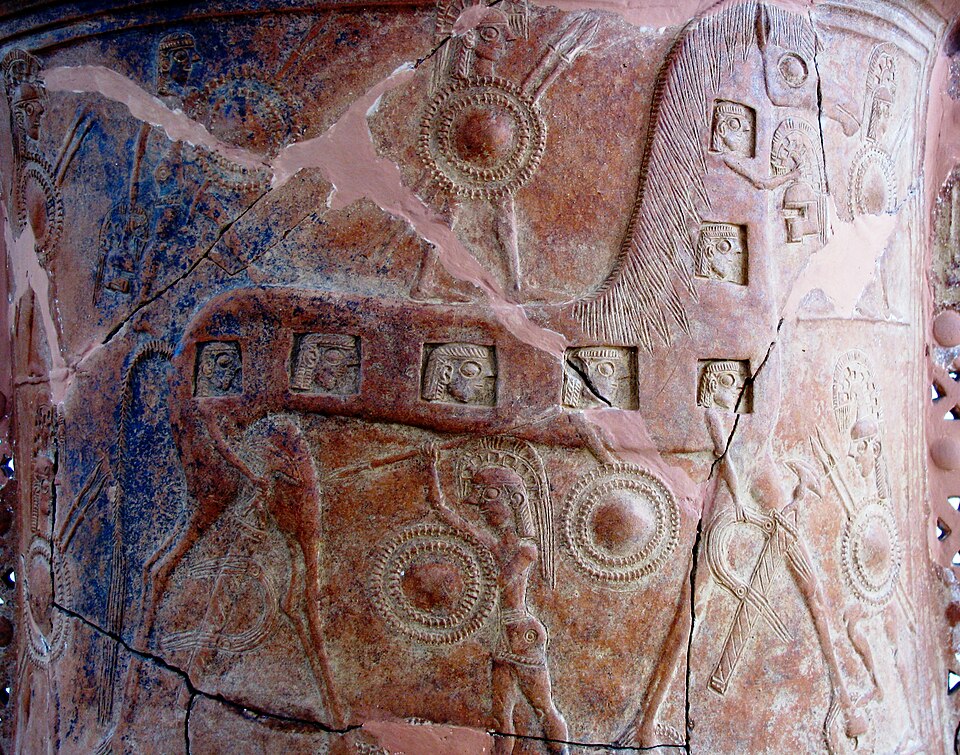
The story of the Trojan Horse, as told in Homer’s Aeneid and other ancient texts, suggests that the Greeks used a giant wooden horse to infiltrate the city of Troy. However, there is no historical evidence to suggest that such a horse existed or was used as a weapon. The Trojan Horse is likely a symbolic story rather than a factual event, representing the deceptive tactics used during the Trojan War. Archaeologists have found no trace of the actual horse, leading many to view it as mythological rather than historical.
12. Einstein Failed Math in School
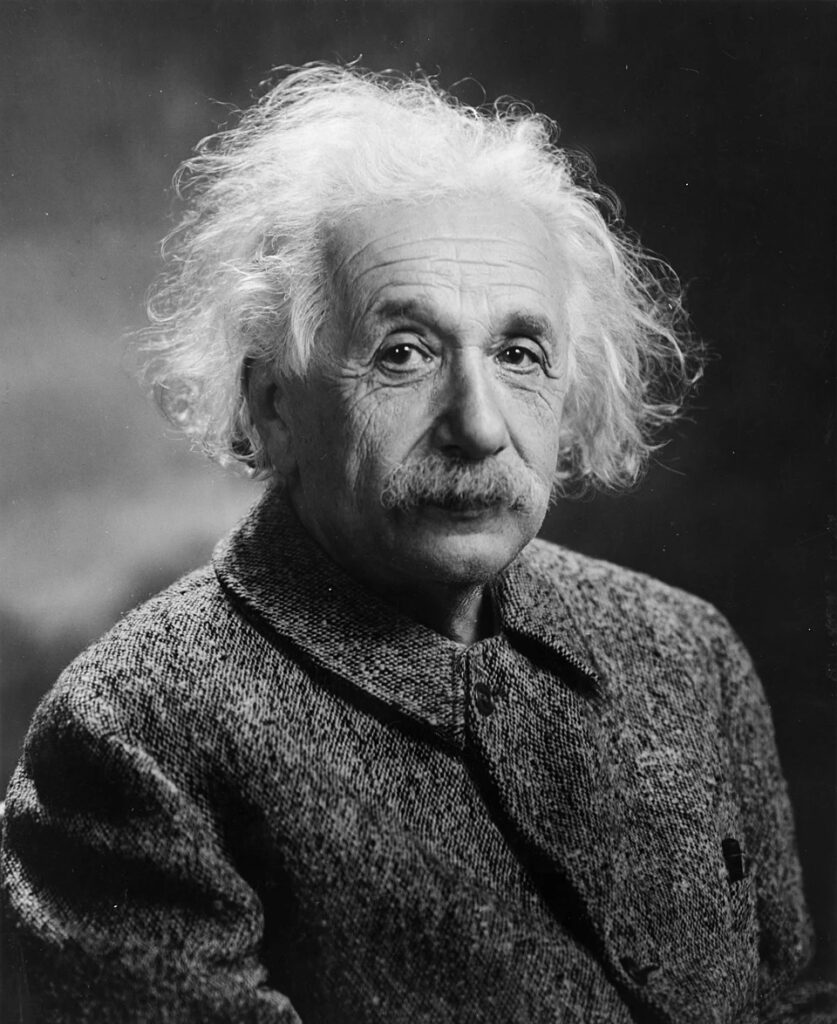
The popular belief that Albert Einstein failed math in school is completely untrue. Einstein was a brilliant student who excelled in mathematics from a young age. He even mastered differential and integral calculus before he was 15. The misconception may have arisen from a misunderstanding of his academic record, where his performance in certain subjects was not always stellar. However, his mathematical abilities were exceptional, and he made groundbreaking contributions to physics.
